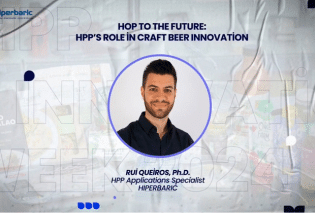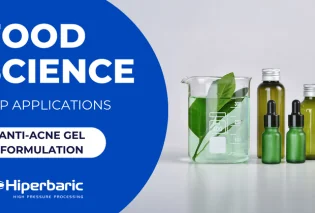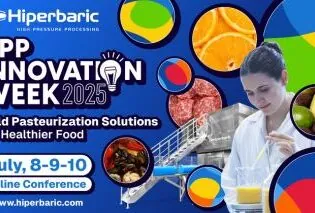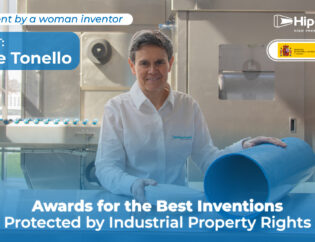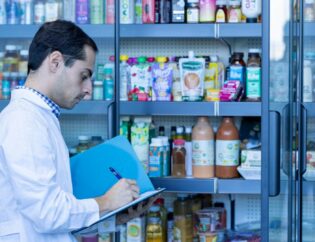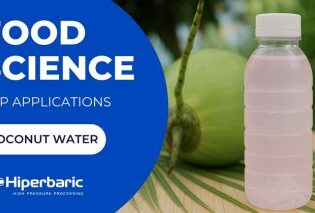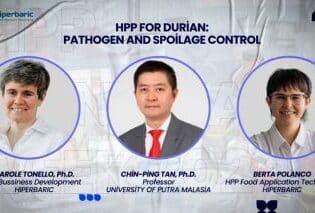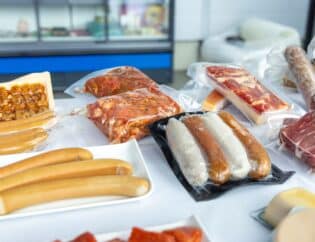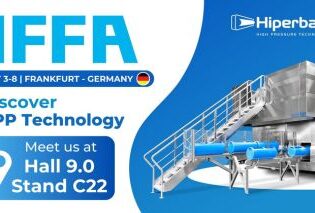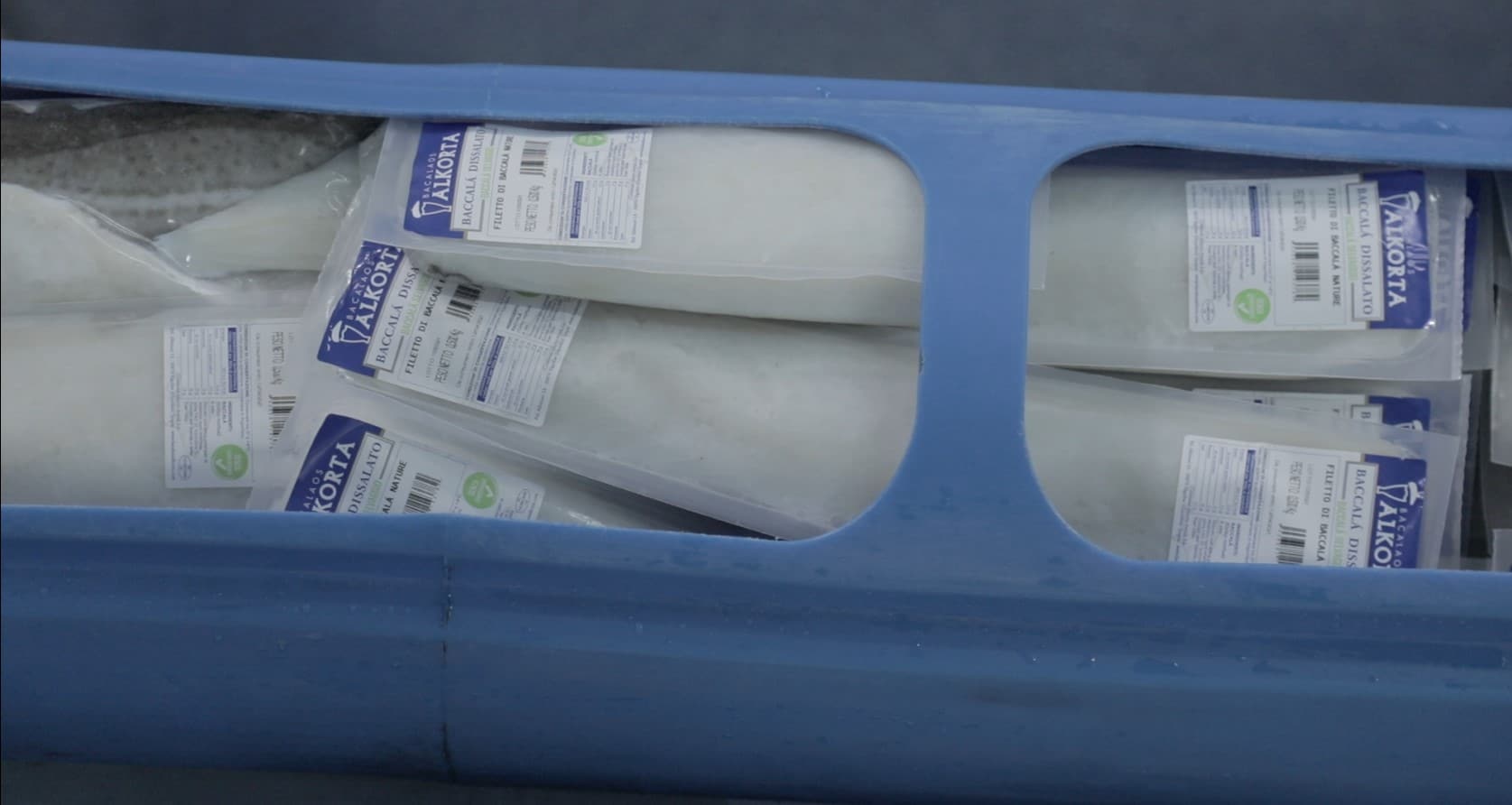
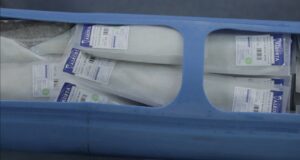
High pressure processing (HPP) is the only non-thermal technology for the seafood industry that allows development of healthier foods, bringing a higher level of functionality and nutritional values to new products. Food safety is guaranteed, shelf-life is extended and the value of the product is considerably increased thanks to its convenience and attractive presentation. Keep reading to learn more about the multiple benefits of this technology for the seafood industry endorsed by several scientific studies.
One of the main trends that is making HPP successful is the development of natural, organic and preservative free products. Shape and integrity remain unchanged because pressure is identical on every part of the product.
At the same time, food safety is guaranteed thanks to the inactivation of pathogens (E.coli, Listeria, Vibrio, Anisakis…) and spoiling microorganisms (yeast and molds, lactic acid bacteria, psychotrophic bacteria). Moreover, shelf-life is multiplied by 2 to 4 times comparing with the fresh product stored in refrigerated conditions.
Examples of value added HPP seafood products
Raw fish products
Whole pieces, fillets or sticks, marinated or not, are just some of the value-added formats for cod and other lean fishes.

Chilled pre-cooked crustacean meat
This is an excellent and convenient product both for retailers and food service with a shelf-life of around 21 days.
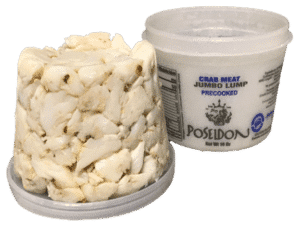
Chilled pre-cooked cephalopods
There are already several companies offering HPP pre-cooked octopus in skin packaging trays. A high quality and clean label product with an excellent appearance and a wide variety of uses for the final consumer. Octopus has been just the beginning of this category with a huge potential.
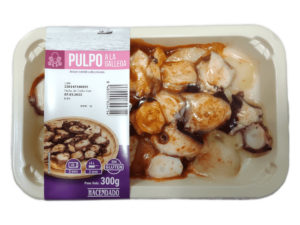
Seafood wet salads
These products could suffer alteration due to cross contaminations since they are a blend of several ingredients coming from different sources. As a post-packaging intervention, HPP offers the appropriate solution for manufacturers, extending shelf life and guaranteeing food safety of the final blended product.
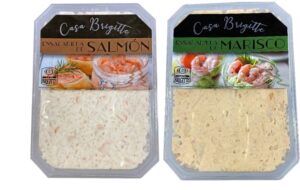
Seafod based ready-to-eat meals
HPP technology guarantees food safety in seafood-based RTE meals. This process helps extend the shelf life of the product, while the flavour and nutrient profile remains intact. It allows for lighter cooking, which helps improve the texture and flavor of the meals, while inactivating pathogens such as norovirus.
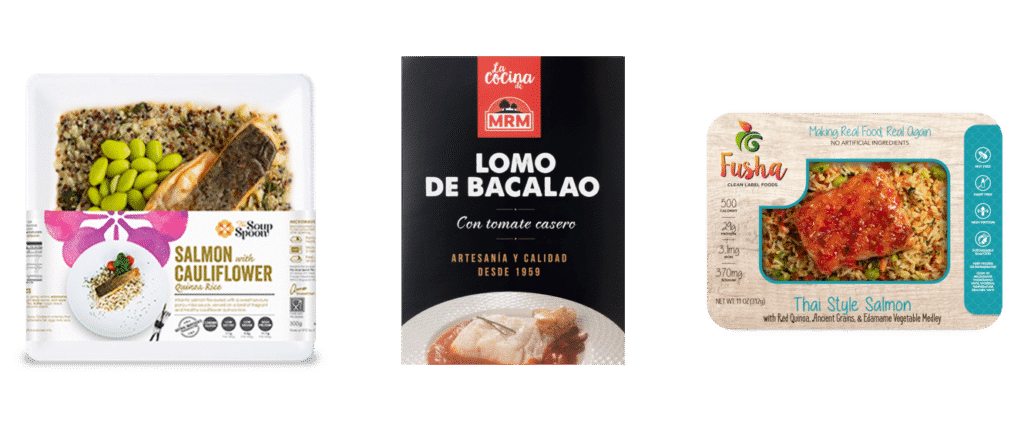
How HPP ensures food safety in seafood products
Bacteria
The most recurring pathogen in seafood is Vibrio spp.. with Vibrio parahaemolyticus, leading to acute gastroenteritis (Su and Liu, 2007), and Vibrio vulnificus, which may induce septicemia (~50% mortality rate) when ingested by high risk consumers like individuals with immunocomprised systems or underlying chronic diseases (World Health Organization and Food and Agriculture Organization of the United Nations, 2005). However, HPP at relatively mild pressure levels has been proven to reach satisfactory levels of log reductions (Figure. 1) as the standard for shellfish is ≥3.52 log10 (Interstate Shellfish Sanitation Conference, 2015).
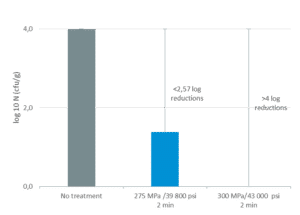
Nevertheless, processing at 600 MPa/87,000 psi is more likely to help inactivate other commonly found foodborne pathogens such as ubiquitous Listeria monocytogenes and E.coli. In a study of mild smoked rainbow trout fillets and fresh European catfish fillets HPP reduced L. monocytogenes and E. coli by > 6 log10 CFU/g in both fish products, but subsequent growth was detected for L. monocytogenes. Growth was most likely observed because an unrealistically high inoculum of L. monocytogenes was used (>8 log cfu/g). This initial level of contamination is not expected in any food so the reported >6-log reduction would serve as a safety margin during the entire shelf-life of the product (Mengden et al. 2015).
Viruses
Human norovirus (HuNov) is a major foodborne virus that may also be potentially found in seafood. According to the FDA, following good manufacturing practices (GMP’s) is the most effective way to minimize as explained in this fact sheet. The available scientific evidence also suggests that HPP reduces the risk associated with HuNov exposure during raw oyster consumption with HPP levels of 400-600 MPa/ 58,000-87,000 psi delivering >4 log10 PFU (Li et al., 2009; Li et al., 2013).
Parasites
Parasite pathogenicity, specifically Anisakis, is also a risk in seafood. HPP has proven to be effective against parasites with variable conditions as seen in the table below. Hence, HPP can be used to replace freezing as a control step to inactivate the parasite and avoid the negative effect of this process (drip loss, texture changes…)
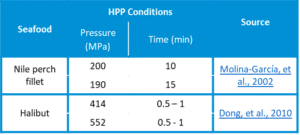
HPP shelf-life extension in seafood products
In addition to ensuring food safety, HPP also extends shelf life by reducing the initial load of spoilage bacteria of fresh seafood and slowing down non-desirable enzymatic and chemical reactions which lead to amine compound formation, which results in off-flavors and may lead to intoxication (Biji et al., 2016; Cheng et al., 2014).
Overall, pressure levels between 200-600 MPa/29,000-58,000 psi may keep spoilage microorganisms below 105-106 cfu/g for 16-28 days when seafood is refrigerated at 2-4 °C /35-39 °F (Cheret et al.). An example of the effects of HPP treatment is shown in Figure 2:

Packaging: a key consideration for HPP
Packaging selection is another important attribute to extend the shelf life of seafood. Shrimp packaged in multilayer polyester and ethylene vinyl alcohol (EVOH) pouches extended shelf life more than low density polyethylene (LDPE) pouches (Figure 3); this may be attributed to their higher barrier properties which prevents access of moisture and oxygen to the product which could promote microbial growth.
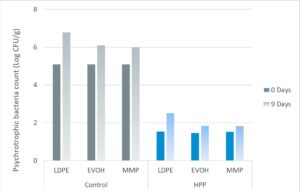
Skin packaging remains the most suitable solution as it provides an attractive option for seafood products. It offers a distinguished presentation on the refrigerated shelves in the supermarkets showing the products as it is to the final consuer. Due to the lack of air, skin packaging also optimizes the filling ratio within Hiperbaric HPP machines, resulting on a higher productivity of the system.


